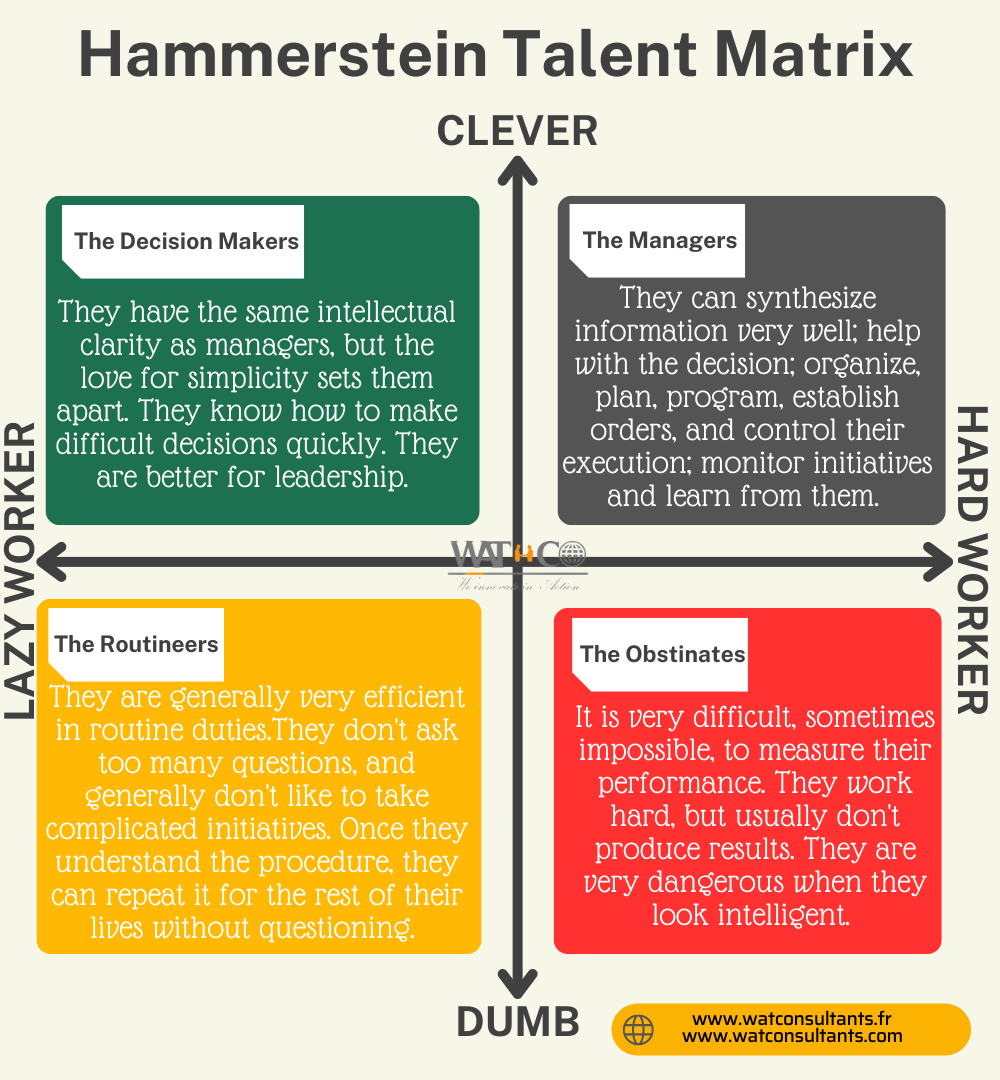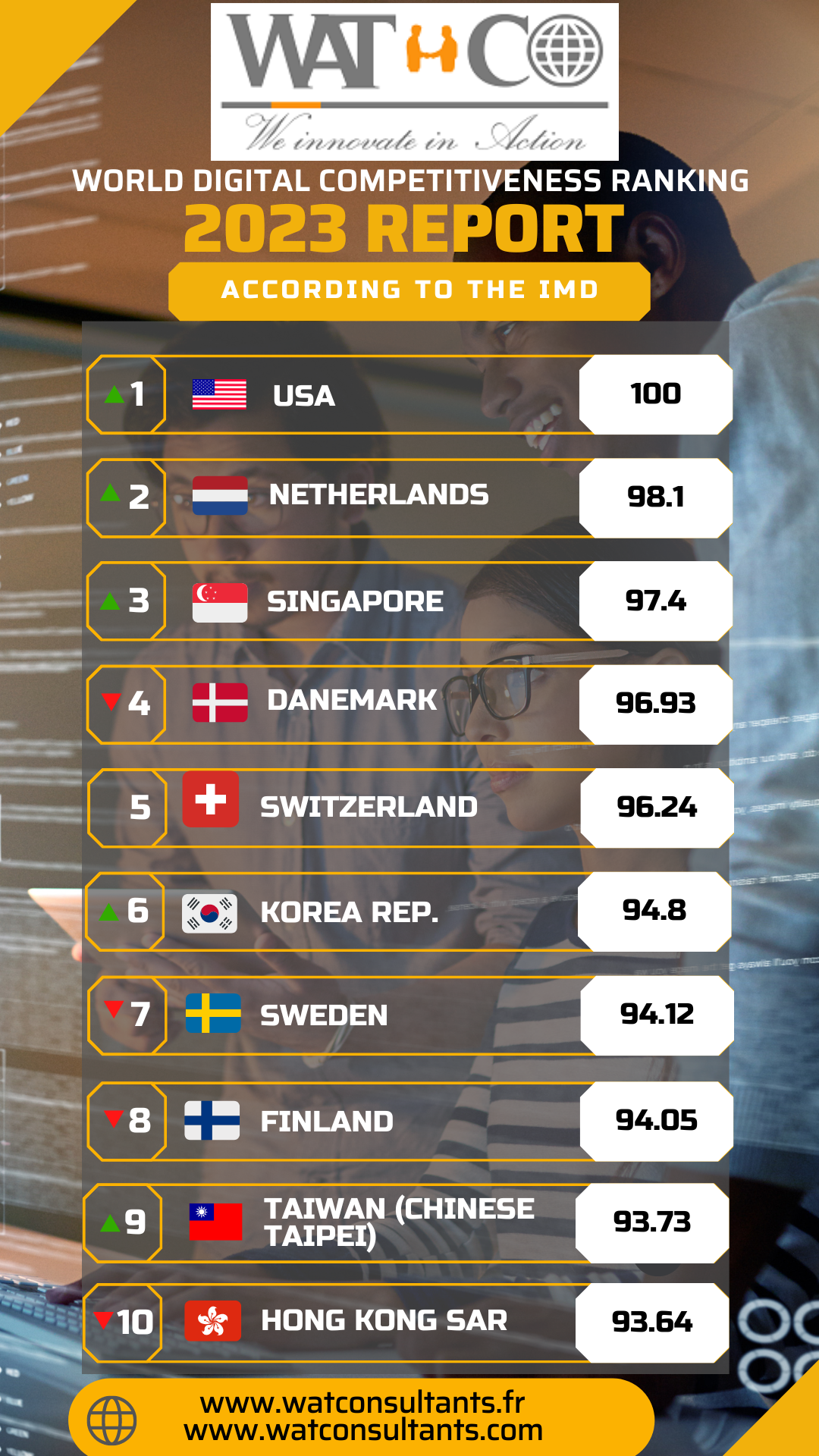
Quality Insurance
As the global economy enters a dynamic of change that is all too unpredictable and in an increasingly competitive and rapidly expanding world trade with a rapid increase in new technologies, quality control is a vital requirement that companies around the world must integrate at all levels and constantly improve.
The word quality, a primary objective of companies, can be imposed by the current environment characterised by the following elements
- An increasingly knowledgeable and demanding customer;
- A growing need for associated services;
- Increasingly strong competition;
- An increasingly globalised market.
Thus, companies are becoming obliged to provide a quality product or service that meets the demand and needs of consumers. And to be sure that our product or service will be of good quality, we need assurance: this is called quality assurance.
The aim of quality assurance is to give customers, suppliers and shareholders the appropriate confidence that our product or service will meet the requirements for quality.
A company can assure the quality of its products or services by certifying them. But for a customer, the question that immediately follows the question of the instantaneous quality of the product is the ability of its supplier to ensure this quality over time. The only way to ensure sustainable quality is to have reliable processes.
1.No matter how good your processes are, at WAT&CO we summarise the approach to quality assurance in 2 principles.
No Quality without errors, no errors without corrective actions, no corrective actions without training and no training without Quality.
Did you know that quality and error are sisters? While error is an enemy of quality, its importance is often underestimated.
When employees are asked how they feel when they make mistakes in the company, feelings of shame and anger predominate. Mistakes are a sign of weakness, either because the employee was not capable or did not do the necessary work. This view of error leads to fear and a lack of involvement or creativity on the part of employees. Yet a company's staff is its most important resource, its know-how and its image to other stakeholders. Human resources are the wealth of the organisation! It is fundamental that the staff be involved in the management system at all levels of the hierarchy.
Error in business is like a disease and quality is its vaccine. The vaccine against a disease is made with the virus of the disease. Error in business is like a virus. To be immune to it, you have to inject yourself with a bit of it. So, if you make a mistake, you have to take corrective action. And that's not enough, you have to train. Training not only for the person who made the mistake but also for the rest of the staff.
2.No Quality without measurement, no measurement without metrology, no metrology without indicators and no indicators without Quality.
There can be no progress in quality without measuring the gaps. Sir William Thomson Lord Kelvin said: "If you can measure what you are talking about and express it by a number, then you know something about your subject. If you cannot, your knowledge is of a very poor and uncertain kind". Measuring the level of quality is therefore the prerequisite for any improvement and assurance action. It is important to rely on facts, not opinions. The use of factual data is a privileged way to anchor the approach in reality. There is no quality without quantification. Quality is not subjective. It is based on measurable criteria. Saying, for example, that a service or product is of good quality means nothing. The service in question must be measured.
No measurement is possible without metrology. Metrology is the science of measurement. When the word "metrology" is mentioned, the first applications that come to mind are usually weights, dimensional measurements, pressures or temperatures... But metrology is hidden everywhere! Whatever our activities, customers only accept what conforms to their contractual requirements, to quality standards. It is therefore necessary to control, and therefore measure this conformity.
Metrology is done through indicators. An indicator is a variable that describes a situation or an evolution from a quantitative point of view. It is a decision-making tool, the use of which is part of an approach that meets an objective and is situated in a given context.
The indicator has or can have several functions in a continuous quality improvement process:
- To know the initial quality level of the process;
- Determine quantified objectives (this is less a question of guiding binary decisions than of helping to determine the importance of problems in order to define action priorities);
- Check that these objectives are achieved, by measuring the effectiveness of the solutions implemented in the form of action plans;
- Monitor the maintenance of the results obtained over time, i.e. check the sustainability of the changes.
However, there is no question of evaluating everything. Measuring always presupposes that there is an objective and that there is a return on the investment that measurement represents. We will limit ourselves to the key processes and their most important stages.
In conclusion, Quality Assurance is certainly not the miracle solution to all the ills of business, but it very significantly increases the chances of success. It is one of the criteria for optimisation and an important aid to decision-making. Quality Assurance should not be dictated by the market but used upstream as a real management tool and transversal management.
The benefits of quality assurance are both organisational and financial.





